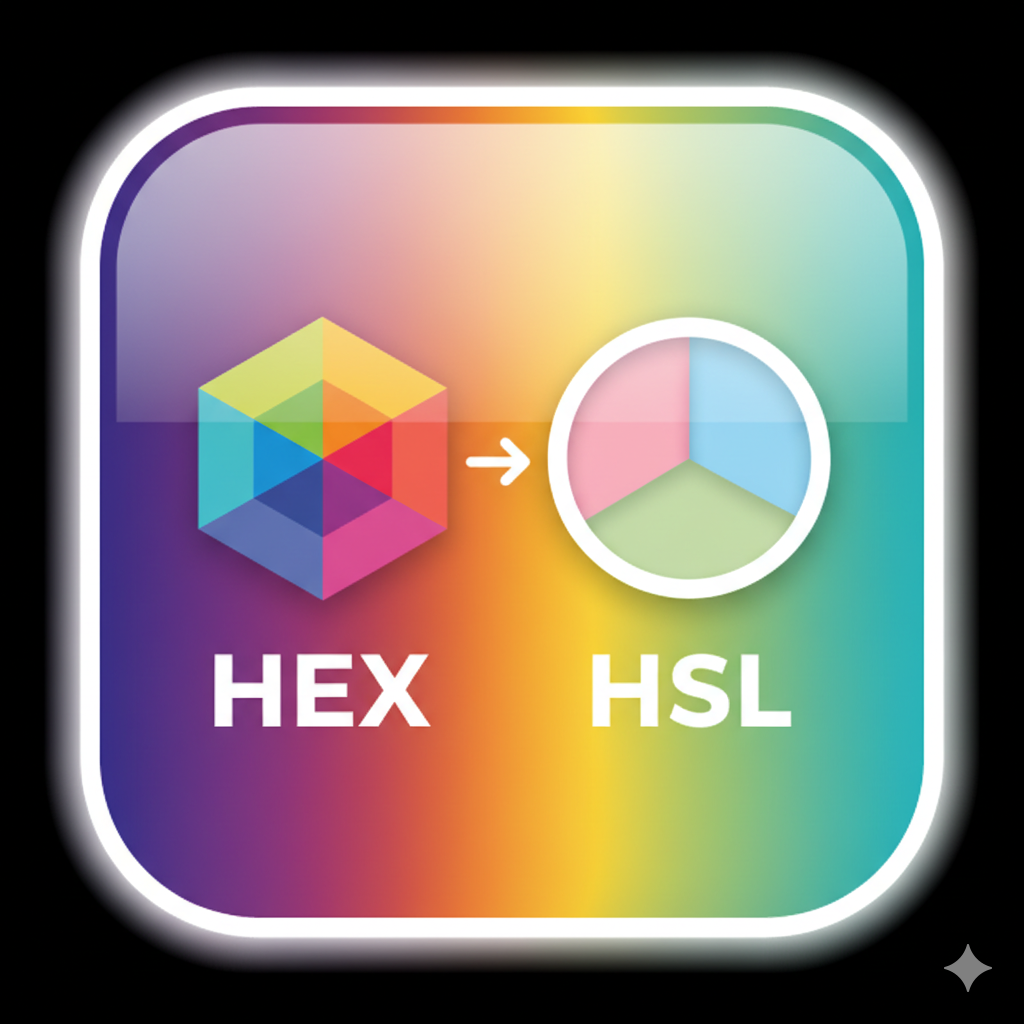Degrees to Radians Angle
Convert angles from degrees to radians quickly and easily with our free online tool. Perfect for math, engineering, and more.
The Degrees to Radians Angle Converter is a powerful, accurate, and user-friendly tool designed to convert angle measurements from degrees (°) to radians (rad) instantly. Angles are foundational in mathematics, physics, engineering, computer programming, robotics, navigation, and everyday geometry. Because different disciplines prefer different angle units, the ability to convert between these systems is essential for correct calculations, precise modeling, and error-free technical work. This converter provides fast, reliable conversions using the universally accepted mathematical formula, ensuring accuracy that meets academic, scientific, and industry standards.
Degrees are the most commonly used unit in everyday contexts because they divide a full circle into 360 equal parts, making them intuitive for angles in geometry, navigation, construction, and daily life. Radians, however, form the core angle unit in higher mathematics and science. A radian represents the angle created when the arc length equals the radius of the circle. The relationship between the two units is defined by the formula:
Radians = Degrees × (π / 180)
This mathematical constant ensures that every conversion is precise and consistent with trigonometric, calculus, and engineering equations. The Degrees to Radians Angle Converter applies this formula flawlessly, eliminating manual calculation errors and making complex angle work significantly easier.
In mathematics and trigonometry, radians are central to understanding sine, cosine, tangent, and their derivatives. Most advanced formulas—especially those involving periodic functions, calculus-based derivations, arc length, and rotational motion—require angles in radians. Students often struggle with these conversions, especially while solving multi-step problems or during exams. This converter provides instant clarity, helping learners focus on understanding mathematical concepts rather than manually calculating conversions.
In physics and engineering, radians are the natural unit of measurement for rotational motion, angular velocity, harmonic motion, wave behavior, and mechanical systems. Whether analyzing torque in machinery, modeling circular motion, calculating angular displacement, or working with oscillatory systems, radians ensure compatibility across formulas. Engineers rely on precise conversions to avoid critical design errors. This tool ensures that angle values used in equations are accurate and aligned with physical laws.
Computer programmers and developers frequently encounter radians when working with graphics libraries, animations, robotics, simulations, and game development. Programming languages like Python, JavaScript, C++, and Java use radians as the default angle unit for trigonometric functions. Developers often receive angle specifications in degrees but must convert them into radians for code execution. This converter streamlines workflow, reduces debugging time, and prevents logic errors in mathematical operations.
In robotics and automation, angles measured in degrees must often be converted to radians when controlling servo motors, robotic arms, motion planning systems, and machine vision algorithms. The precision of radians ensures smoother calculations and more accurate movements.
In navigation, architecture, and surveying, converting degrees to radians supports calculations involving bearings, triangulation, rotations, and structural geometry. Professionals benefit from having an easy, dependable conversion tool to maintain consistency across measurement systems.
The converter’s interface is simple, clear, and optimized for mobile, tablet, and desktop use. Users input an angle in degrees, and the tool instantly provides its radian equivalent—formatted neatly for direct use in equations, coding, or documentation.
In summary, the Degrees to Radians Angle Converter is an authoritative, high-precision tool essential for students, engineers, programmers, physicists, mathematicians, and everyday users. With its scientific reliability and practical usability, it ensures accurate angle conversions that support learning, technical work, and professional analysis across countless fields.






